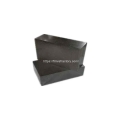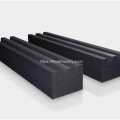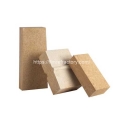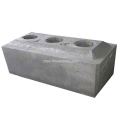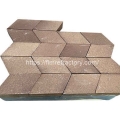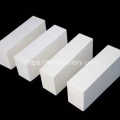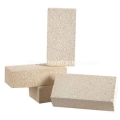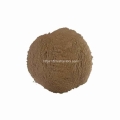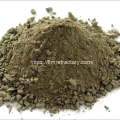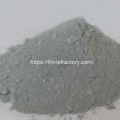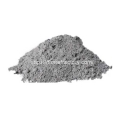- Performance. Innovation. Worldwide. Your trustworthy Refractories Manufacturing Partner--Fireramo
- +86 175 3769 7777
Contact
Contact us on WhatsApp
High Quality Refractory Bricks
Insulation Bricks for Sale
Monolithic Refractory
How to improve the medium temperature strength of refractory castables
Refractory castables play a crucial role in maintaining the stability and efficiency of industrial furnaces and kilns operating in high-temperature environments. Among various performance indicators, the medium-temperature strength of refractory castables is particularly critical for their long-term usage under high-temperature conditions. This article aims to explore methods for improving the medium temperature strength of refractory castables, analyze the factors influencing it, and propose corresponding enhancement measures.
Analysis of the Mechanism behind the Decline in Medium Temperature Strength
The decline in strength of refractory castables at medium temperature is a complex process influenced by factors such as the material’s chemical composition, microstructure, and porosity. The primary reason for the strength reduction at medium temperature is the physicochemical changes in the hydration products of the main cementitious material used in refractory castables when exposed to high temperatures. Between the temperature range of 900°C to 1200°C, aluminate cement’s hydration products undergo secondary reactions, resulting in volume shrinkage and the formation of internal pores. Simultaneously, the removal of binding water and lattice disruption cause the material’s structure to become loose, further diminishing its medium temperature strength.
High quality refractory castables wholesale
- Mullite castable
- Corundum Castable
- Fused silica ramming mass
- Magnesia spinel ramming mass
- High alumina castable Refractory
- High-alumina low-cement castable
Measures to Improve the Medium Temperature Strength
To address the issue of declining strength at medium temperatures, the following measures can be employed to enhance the strength of refractory castables:
Optimize the material formulation: Adjusting the chemical composition of refractory castables, such as increasing the content of high melting point oxides, can improve the creep resistance and medium temperature strength of the material. Furthermore, the inclusion of specialized additives like toughening agents and nanomaterials can enhance the material’s microstructure and mechanical properties.
Incorporate α-AL2O3 fine powder: Adding α-AL2O3 fine powder results in a chemical reaction with the cement at medium temperature, creating an expansion effect that compensates for the strength reduction caused by volume shrinkage. The addition of an appropriate amount of α-AL2O3 fine powder can significantly improve the medium temperature strength of refractory castables.
Introduce a sintering agent: The inclusion of a sintering agent, such as soft clay, promotes the sintering effect of refractory castables at lower temperatures, preventing or mitigating drastic changes in their structure. By adding the correct amount of sintering agent, the medium temperature strength of refractory castables can be enhanced, potentially surpassing the drying strength.
Improve the preparation process: Optimizing the preparation process by focusing on factors like enhancing mixing uniformity, controlling molding pressure, and adjusting maintenance conditions can improve the density and uniformity of refractory castables, reducing the occurrence of porosity and cracks. Additionally, employing advanced molding technology and heat treatment processes can further elevate the medium-temperature strength of the material.
Conclusion
To improve the medium-temperature strength of refractory castables, a comprehensive approach is required, encompassing multiple aspects such as material formulation, preparation process, and utilization of additives. By optimizing the material formulation, incorporating α-AL2O3 fine powder and sintering agents, refining the preparation process, and implementing other measures, the medium temperature strength of refractory castables can be significantly enhanced. With the continuous development of new materials and technologies, innovative methods for improving the medium temperature strength of refractory castables are expected to emerge, providing strong support for the advancement of high-temperature industries in the future.
Specializing in refractory materials for over 20 years, we provide professional refractory solutions for the global high temperature industry.
Related Posts:
Theme By Fireramo
